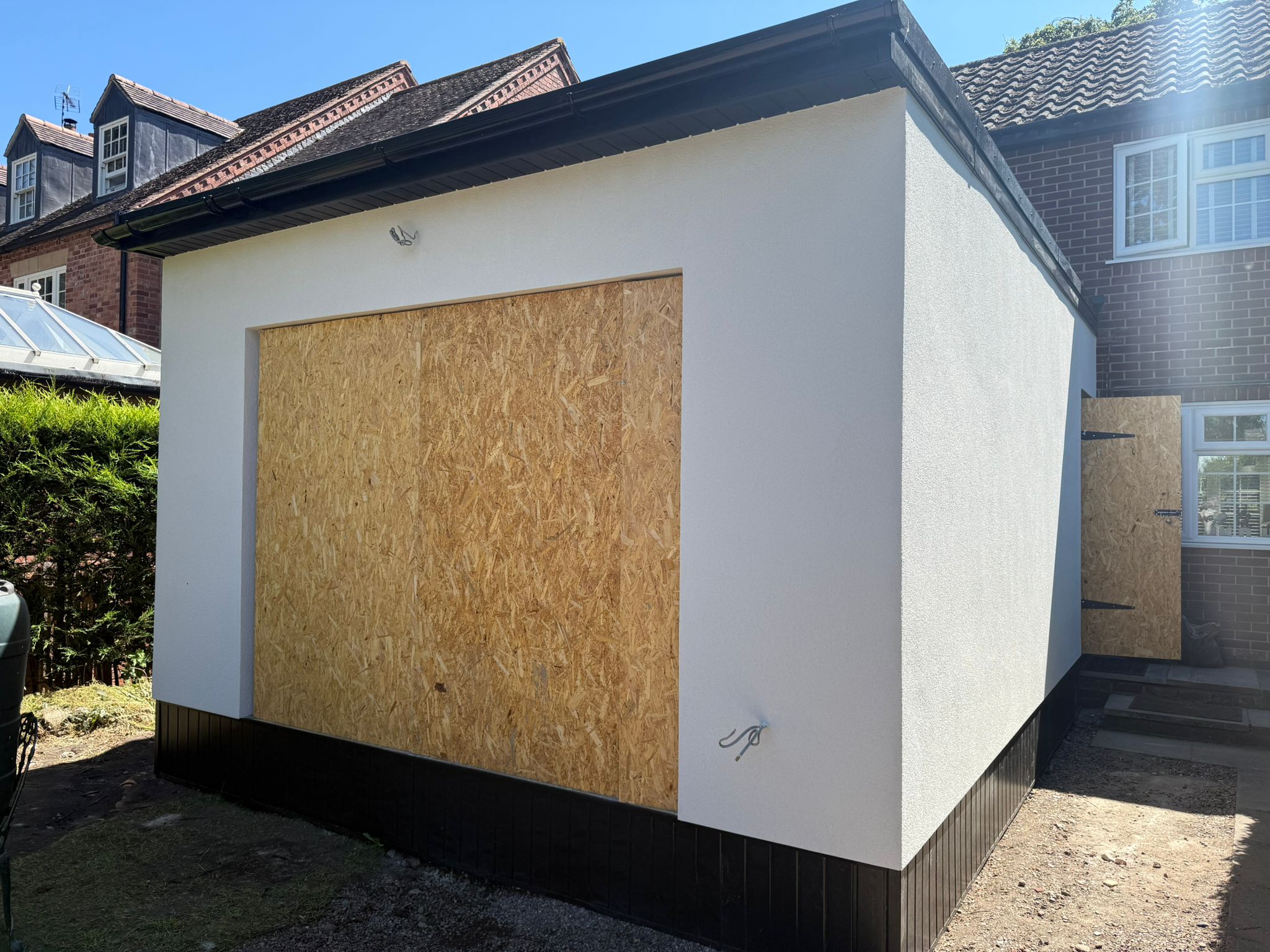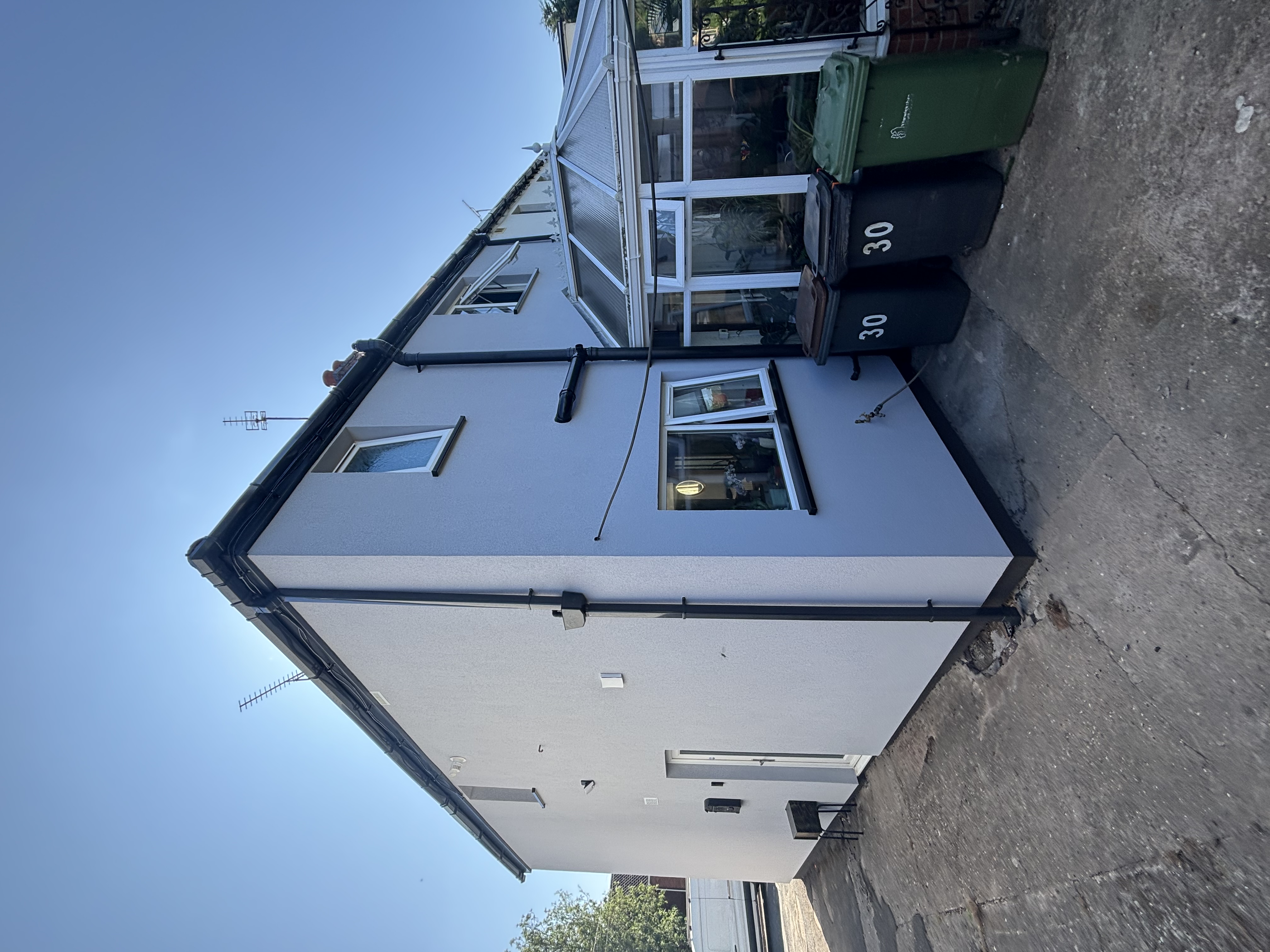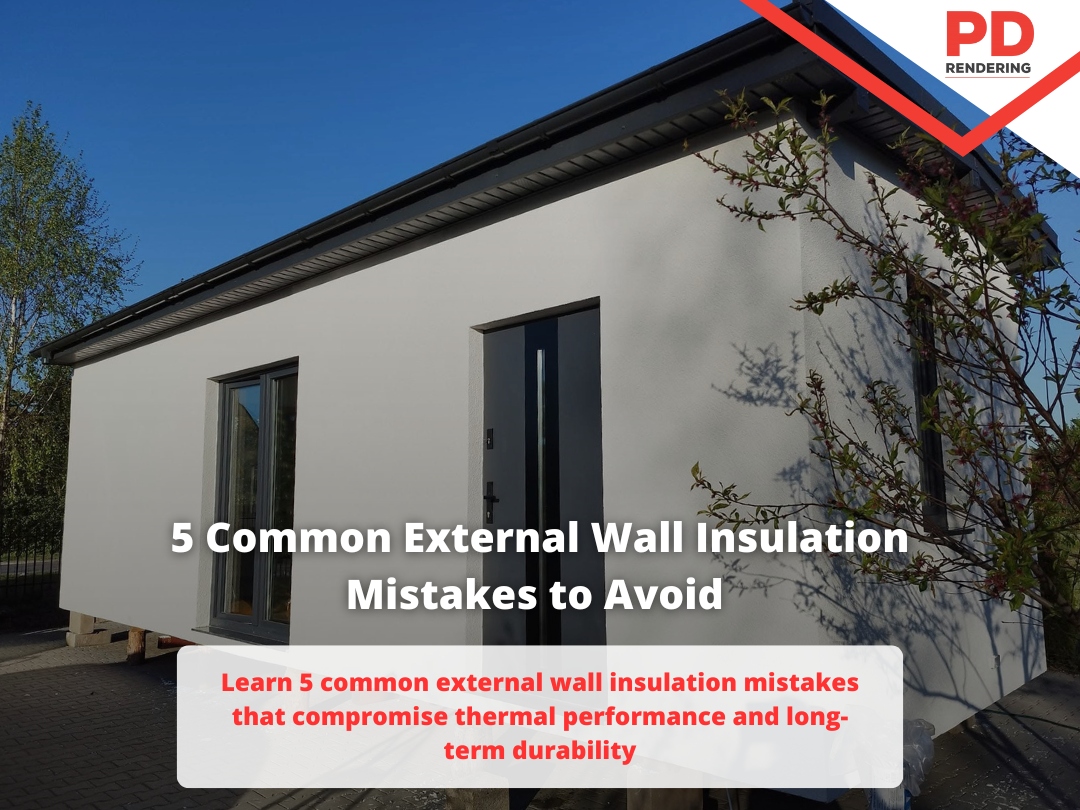
External wall insulation offers many benefits, from lower energy bills to a more comfortable home. However, the benefits only come when the system is installed correctly. Whether you're preparing for an installation or simply curious about how the process works, this article covers five common external wall insulation mistakes, and how to avoid them.
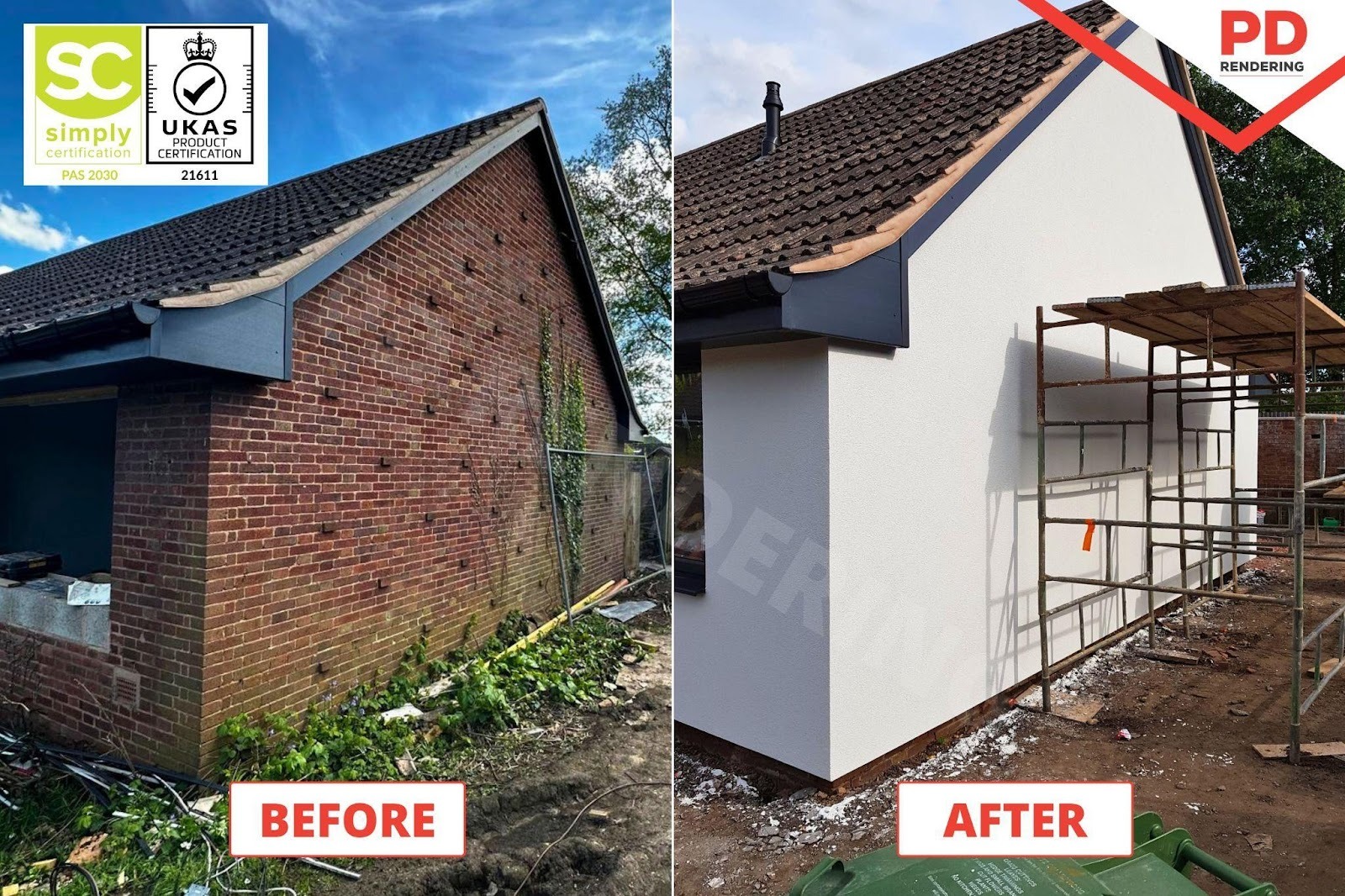
External wall insulation involves fixing insulation to the outside of your property and is made up of several layers: insulation boards, a reinforced basecoat with mesh, and a final layer of render. When installed correctly, it can significantly improve your property's thermal performance, reduce heat loss, lower energy bills, and make your home more comfortable by eliminating draughts and cold spots.
However, if the system is not installed properly, it can lead to serious issues such as damp patches, mould growth, surface cracks, and poor thermal performance.
Here are five common and avoidable installation mistakes to watch out for:
Some installers rely solely on adhesive to attach insulation boards to the wall, or use only mechanical fixings. However, this can compromise the system's performance. External wall insulation boards must be firmly secured using a dual-fix method: a high-quality adhesive applied according to the substrate type, followed by mechanical fixings once the adhesive has set.
Using the wrong approach can lead to boards detaching, especially in high winds or damp conditions. Over time, this can cause cracking, bulging, or even system failure.
Best practice is to use both the recommended adhesive for your wall type and mechanical fixings to ensure long-term strength and durability of the system.
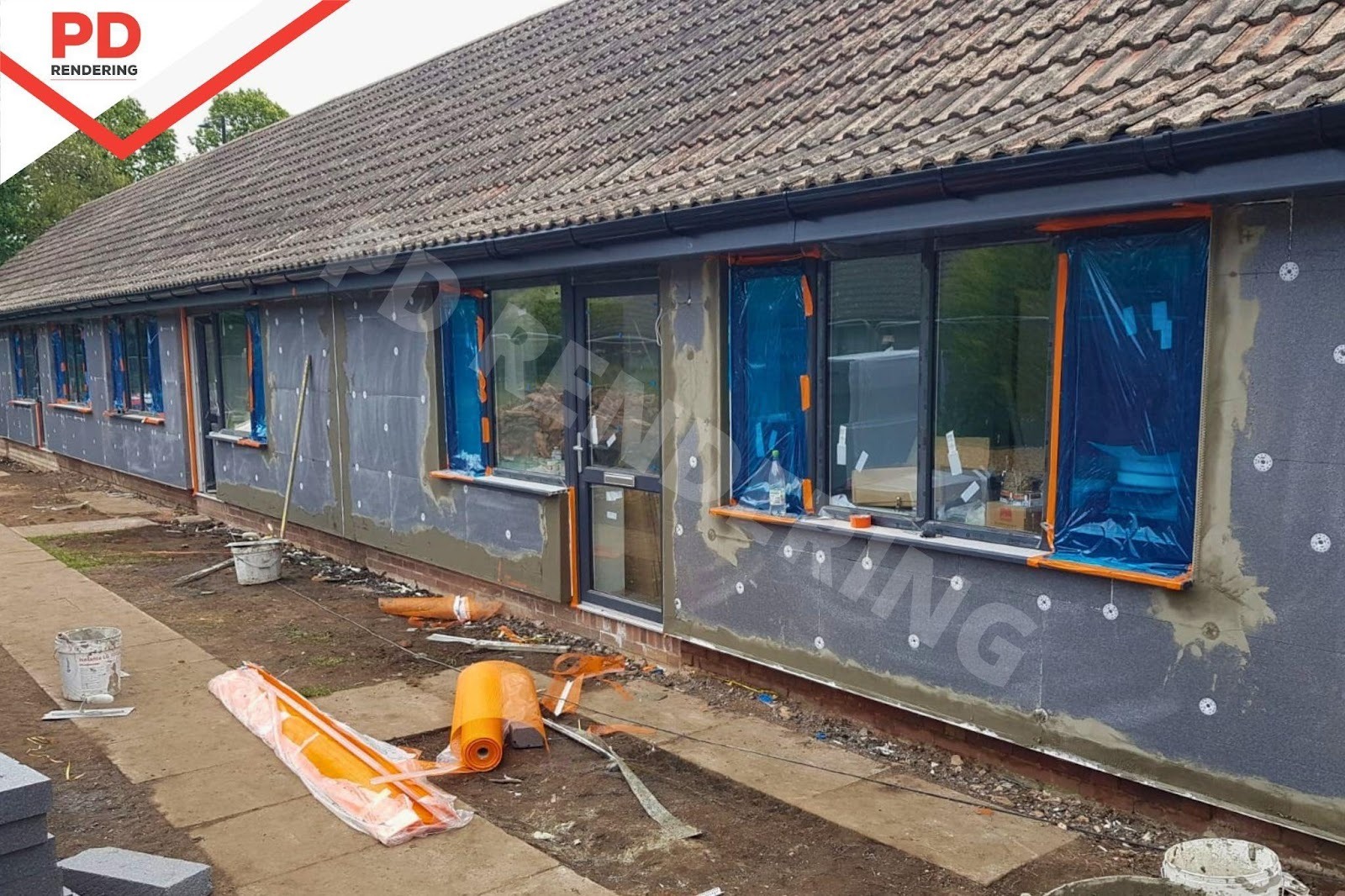
This is one of the most common and entirely avoidable mistakes in external wall insulation. Installing insulation boards in a straight-line pattern, with one directly above the other, creates weak points in the system, reducing its structural integrity and increasing the risk of thermal bridging, cracking, and moisture ingress.
Boards should be laid in a staggered brick-bond pattern, using full boards where possible. Each board should be level and tightly fitted to its neighbours. Proper layout not only improves the effectiveness of the insulation but also helps ensure a longer-lasting, crack-resistant render finish.

Leaving gaps between insulation boards or filling them with the wrong materials is a common but avoidable mistake that can weaken the entire insulation system.
Gaps that are left open or filled with basecoat or adhesive may seem insignificant, but these materials offer little to no insulation value and can shrink or crack over time. This creates cold spots and thermal bridges that reduce energy efficiency. Gaps also let air and moisture in, increasing the risk of damp, mould, and damage to the building.
To avoid this, gaps between insulation boards should be sealed using offcuts of the same insulation material or low-expansion PU foam. This keeps the insulation layer continuous and effective.
Another common mistake in external wall insulation is failing to properly insulate around windows, doors, pipes, vents, and other wall features. This often happens when boards are poorly cut, not extended fully into reveals, or fitted loosely around obstructions. Poor detailing in these areas creates thermal bridges, allowing heat to escape and cold to enter.
The recommended approach is to make L-shaped cuts around window and door corners and fit the boards tightly. Staggering the joints helps improve strength and insulation. Around pipes and vents, boards should be neatly cut to fit closely, and any small gaps sealed with suitable insulating material to maintain a continuous thermal barrier.
Corner beads are a crucial part of any external wall insulation system. They provide reinforcement to the areas most exposed to knocks, stress and weathering including corners, edges, movement joints, and terminations. Skipping them or installing them incorrectly can result in cracked render, misaligned edges, and an unprofessional finish. It also compromises the durability of the system and may shorten its lifespan.
The correct approach is to use the appropriate type of bead in all necessary locations, following the manufacturer’s installation guidelines to ensure long-term performance and a clean, durable finish.
These five mistakes highlight just how precise and skilled the installation of external wall insulation needs to be. While the system is designed to deliver long-term performance and energy savings, poor installation can lead to serious issues like damp, cracking, and reduced thermal efficiency. External wall insulation isn’t a DIY job, getting it right requires experience, attention to detail, and a thorough understanding of building materials. That’s why we always recommend using qualified professionals to ensure the system performs as intended.
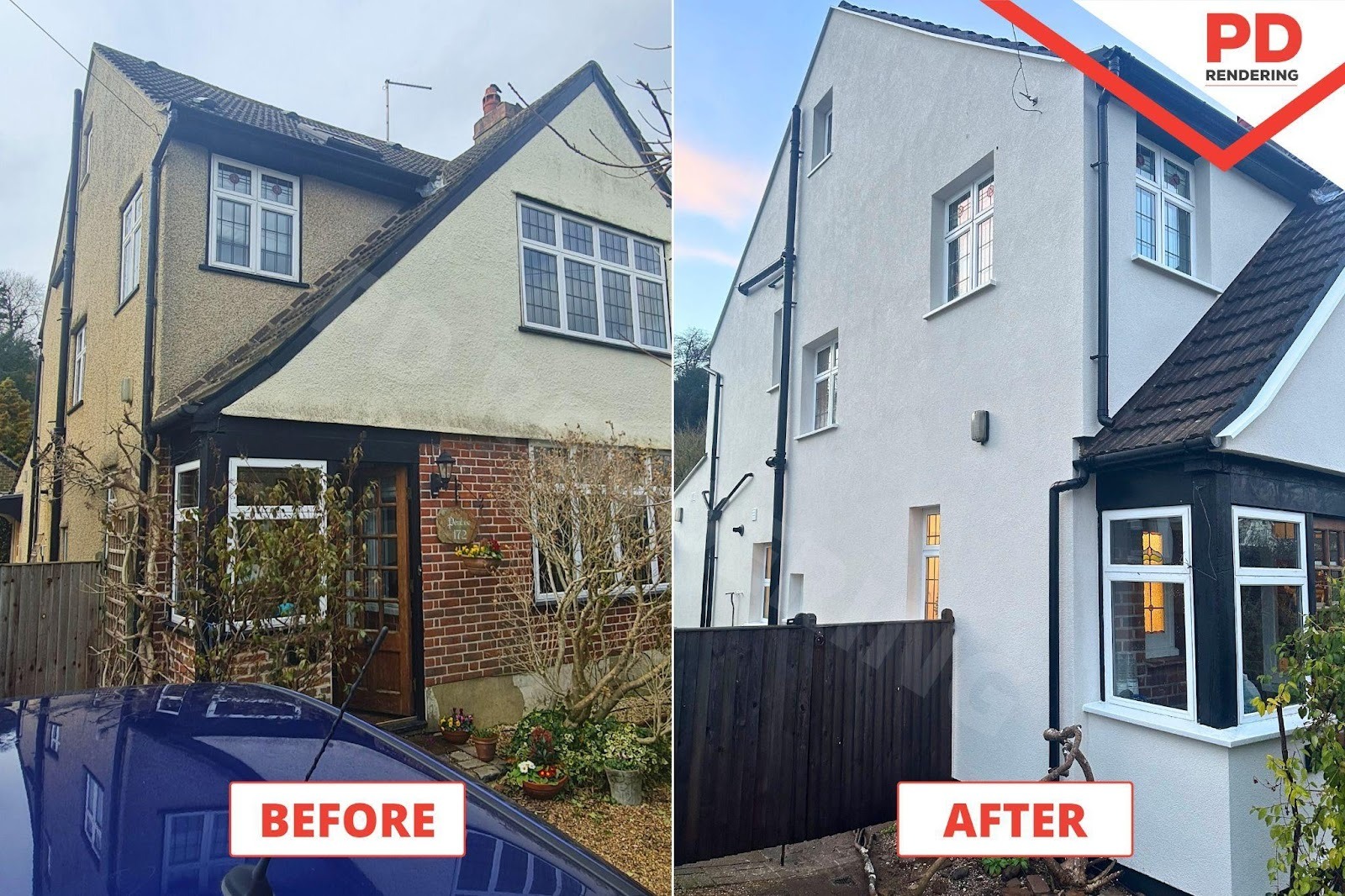
Looking for an experienced external wall insulation installer?
We’re a TrustMark-registered company with years of hands-on experience in external wall insulation and rendering. Contact our team today for a free, no-obligation quote.
